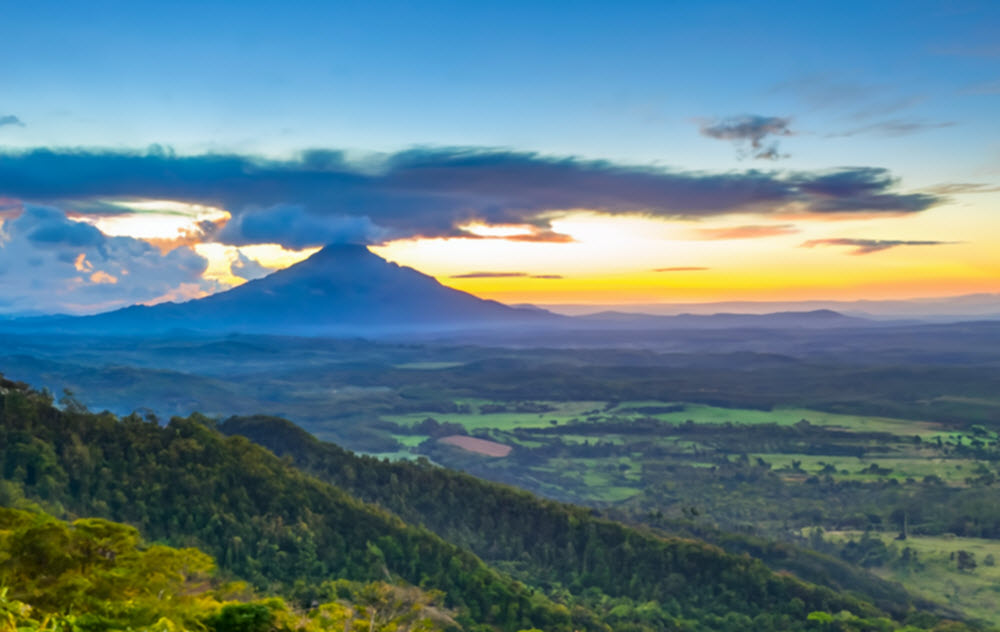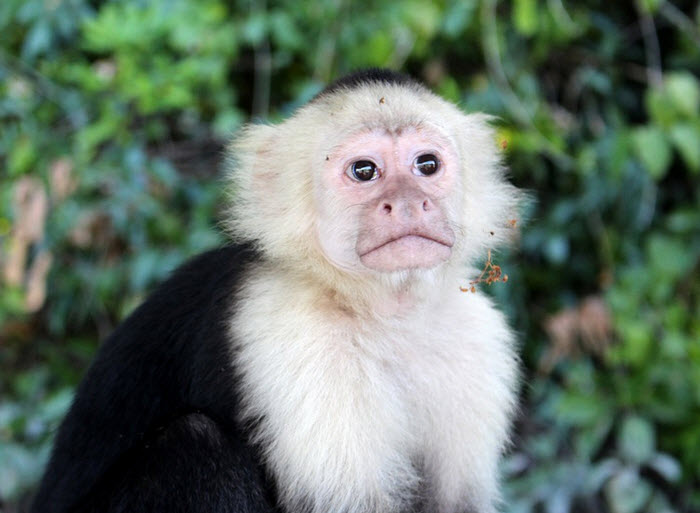In this travel guide
Nicaragua, often referred to as the “Land of Lakes and Volcanoes,” is rich in natural beauty, colonial architecture, and a vibrant culture that makes it a compelling destination for travellers.
Situated in Central America, bordered by Honduras to the north, Costa Rica to the south, the Pacific Ocean to the west, and the Caribbean Sea to the east, Nicaragua is the largest country in the region yet remains one of the least explored by tourists. This provides a unique opportunity for an authentic travel experience amidst its diverse landscapes and welcoming communities.
Nicaragua’s blend of natural wonders, cultural richness, and adventure opportunities makes it a great destination for travellers seeking a Central American experience. From the awe-inspiring vistas of its volcanoes and lakes to the historical charm of its colonial cities and the warmth of its people, Nicaragua promises a journey filled with discovery and enchantment.

Practical information for visitors
When to visit: The dry season from November to April is generally considered the best time to visit, with sunny days ideal for exploring. However, the green season (May to October) offers lush landscapes and fewer tourists, making it appealing for some travelers. October and early November are considered peak hurricane season.
Getting there: Managua International Airport is the main airport in Nicaragua, with direct flights from several major cities in the Americas.
Safety and travel trips: While Nicaragua has faced political and social unrest in the past, it remains a destination where travelers can have a safe and enjoyable experience with standard precautions. It’s recommended to stay informed of current travel advisories, respect local customs, and support ethical travel practices.
Language: The main language in Nicaragua is Spanish. On the Caribbean side, parts of the population have English or Miskito as their first language, but Spanish as a first or second language has become increasingly common in that region too in the last 25 years.
Colonial cities
Granada and León are two of Nicaragua’s most charming cities founded in the colonial era. They have colonial architecture, vibrant markets, and rich cultural heritage. Granada, in particular, is known for its colorful buildings and historic churches, while León is a hub for arts and intellectualism, home to the country’s oldest university and several museums.
Bosawás Biosphere Reserve
This tropical rainforest reserve covers approximately 2 million hectares (20,000 square kilometers). The reserve + the buffer zones constitute roughly 15% of Nicaragua’s total land area. The Saslaya National Park is found within the reserve.
The name Bosawás is derived from three natural features:
- The Bocay River (Bo-)
- Mount Saslaya (-sa-)
- The Waspuk River (-wás)
The Bosawás Biosphere Reserve is part of the second-largest rainforest in the Western Hemisphere (only the Amazon rainforest is bigger) and is a hot-spot for biodiversity. In 1997, the reserve was designated a Unesco biosphere reserve.
How many species of plants and animals that are present in the reserve remains unknown, as the area is largely unexplored by scientists. Examples of well-known species that live here are jaguar, puma, Baird’s tapir, quetzal, guacamay (macaw), and harpy eagle. One example of an endemic species is the Saslaya miss salamander (Nototriton saslaya), which is only found within the reserve and is named after Mount Saslaya.
There are roughly 130,000 people living within this big reserve, typically surviving on subsistence farming. Roughly 35,000 of the population is indigenous Miskito or Mayangna. The creation of the reserve was initially met with opposition from indigenous communities who feared it would force them out or restrict their lives, but in the late 1990s indigenous territorial boundaries were demarcated and title granted to the communities to ensure the longevity of the native communities within the Bosawás.
An ongoing challenge to the safekeeping of the Bosawás Biosphere Reserve, including both the ecosystem and the Native American communities, is the trend of new mestizo settlers from other parts of Nicaragua and Latin America who move in to squat on protected land and destroy rainforests to establish new farms. In January 2020, several Mayangna persons living in Bosawás was kidnapped and killed by mestizo settlers. In August, 2021, nine indigenous persons in SauniAs were killed in a massacre and indigenous women were sexually assaulted. These are just a few examples of indigenous peoples being attacked by settlers in Bosawás.
Volcanoes
Nicaragua’s landscape is dotted with numerous volcanoes, many of which are active and accessible to visitors.
Masaya Volcano is one of the few volcanoes in the world where you can drive right up to the crater rim and it offers a rare glimpse into an active lava lake. Look carefully, and you might see the small parrots who live within the crater.
For those seeking a more strenous experience, hiking up the Concepción or Maderas volcanoes on Ometepe Island provides breathtaking views and encounters with unique flora and fauna.
Volcanoe boarding is offered by several tour operators based in León. You will walk up the Cerro Negro volcano and then board down.
Lake Nicaragua
Lake Nicaragua is the largest lake in Central America and an essential part of Nicaraguan history and economy. The largest island within the lake is Ometepe; a double-volcanoe. One of the craters is fairly dormant but the other one is active. The craters are called Concepción and Maderas, and both are popular among hikers.
Surfing
Nicaragua’s Pacific coast is renowned for its excellent surfing conditions, attracting surfers from around the world. Beaches like San Juan del Sur and Popoyo offer waves for both beginners and experienced surfers.
The Corn Islands
The Corn Islands in the Caribbean Sea – Big Corn Island and Litte Corn Island – offer sandy beaches and excellent conditions for snorkeling and diving. A majority of the population lives on Big Corn, and this is also where the airport it. Little Corn is less developed and a bit more difficult to get to.
The Rio San Juan
The Rio San Juan, flowing from Lake Nicaragua to the Caribbean, is off the beaten track for most tourists, but and excellent destination for those looking for rustic eco-tours and wildlife spotting.
Hiking
Nicaragua is an ideal destination for trekking and eco-tours with its diverse ecosystems ranging from rainforests to cloud forests. The Indio Maíz Biological Reserve and Bosawás Biosphere Reserve are two of the largest protected areas, offering opportunities to spot wildlife such as jaguars, tapirs, and hundreds of bird species.
Sustainable tourism
Nicaragua has embraced sustainable tourism practices, with many eco-lodges and tour operators focusing on conservation and community benefits. Visitors are encouraged to engage with local initiatives that support environmental preservation and cultural heritage.
